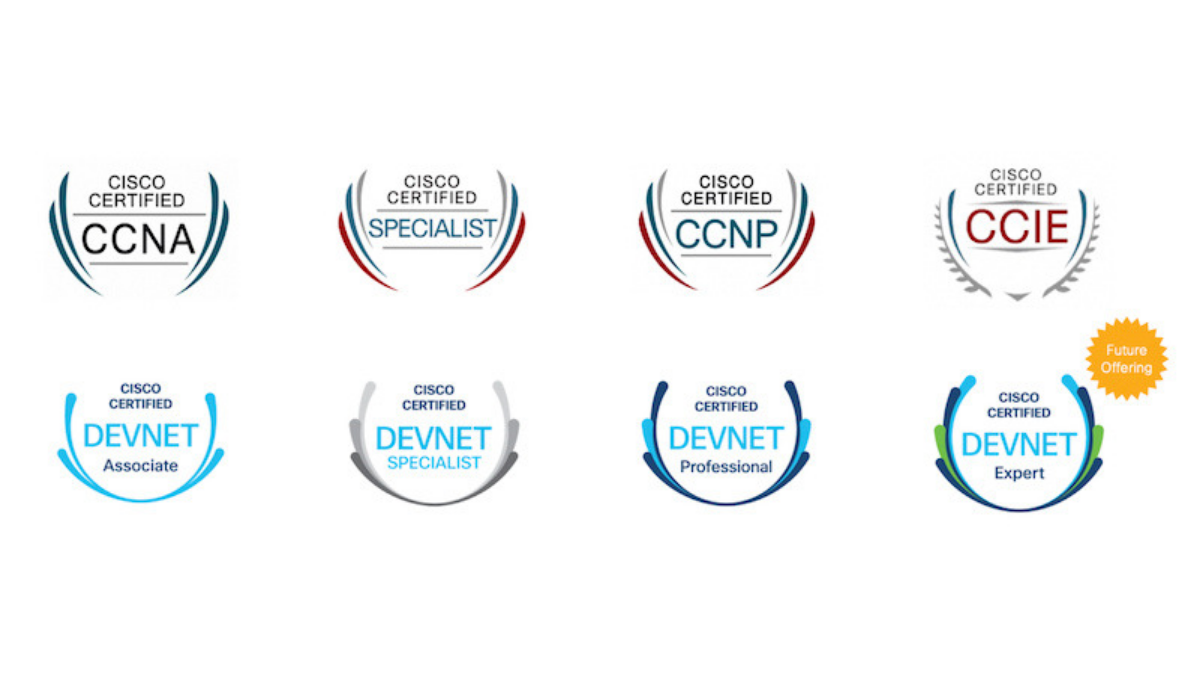CUIC11.6AU
Description
Duration: 02 days
Objectives
- Describe the CUIC High-Level Architecture and Deployment considerations
- Understanding Cisco Unified Intelligence Center Security, License Types and User Security
- Describe the installation and function of both the Controller Node Member Nodes. CUIC Configurations as well as how to upgrade the product is discussed.
- Managing Cisco Unified Intelligence Center Components
- Understanding Cisco Unified Intelligence Center Administration
- Describe what a Value List is and its function in CUIC
- Describe how Value Lists are created
- Describe what a Collection is and when you would use it when running reports
- Describe what are Report Definitions
- Describe the creation of Report Definitions and how to build a new Report using the new Report Definition
Prerequisites
- A working knowledge of Cisco Unified Contact Center Enterprise is desirable.
- A working knowledge of contact center operations is desirable.
Who Should Attend
- Cisco technical customers (IT, telephony members, etc.)
- Cisco technology partners
- Cisco employees
What’s included?
- Authorized Courseware
- Intensive Hands on Skills Development with an Experienced Subject Matter Expert
- Hands on practice on real Servers and extended lab support 1.800.482.3172
- Examination Vouchers & Onsite Certification Testing- (excluding Adobe and PMP Boot Camps)
- Academy Code of Honor: Test Pass Guarantee
- Optional: Package for Hotel Accommodations, Lunch and Transportation
Training Solutions
With several convenient training delivery methods offered, The Academy makes getting the training you need easy. Whether you prefer to learn in a classroom or an online live learning virtual environment, training videos hosted online, and private group classes hosted at your site. We offer expert instruction to individuals, government agencies, non-profits, and corporations. Our live classes, on-sites, and online training videos all feature certified instructors who teach a detailed curriculum and share their expertise and insights with trainees. No matter how you prefer to receive the training, you can count on The Academy for an engaging and effective learning experience.
Methods
- Instructor-Led (the best training format we offer)
- Live Online Classroom – Online Instructor-Led
- Self-Paced Video
Speak to an Admissions Representative for complete details
| Start | Finish | Public Price | Public Enroll | Private Price | Private Enroll |
|---|---|---|---|---|---|
| 5/12/2025 | 5/16/2025 | ||||
| 6/2/2025 | 6/6/2025 | ||||
| 6/23/2025 | 6/27/2025 | ||||
| 7/14/2025 | 7/18/2025 | ||||
| 8/4/2025 | 8/8/2025 | ||||
| 8/25/2025 | 8/29/2025 | ||||
| 9/15/2025 | 9/19/2025 | ||||
| 10/6/2025 | 10/10/2025 | ||||
| 10/27/2025 | 10/31/2025 | ||||
| 11/17/2025 | 11/21/2025 | ||||
| 12/8/2025 | 12/12/2025 | ||||
| 12/29/2025 | 1/2/2026 |
Curriculum
Outline
Module 5: Cisco Unified Intelligence Center Overview for the Advanced User
Lesson 1: Understanding Cisco Unified Intelligence Center Deployment Considerations
Explain the system (software) compatibility options
Explain the various Cisco Unified Intelligence Center deployment models
Explain how member nodes work with the controller node in a cluster deployment of Cisco Unified Intelligence Center
Describe how data is replicated across multiple reporting nodes
Lesson 2: Understanding Cisco Unified Intelligence Center Security, License Types and User Security
Define various features of Cisco Unified Intelligence Center that are available through product licensing for Standard and Premium.
Describe the two versions of the application have various report template modifications.
Describe how Value lists contain all reportable items of the same type, such as all agents or all skill groups.
Demonstrate how Collections can be created as subsets of a value list.
Describe the Security features available to Cisco Unified Intelligence Center ensure a secure system at the user level. This is done by the assignment of roles the user is able to perform.
Demonstrate how Users who have access to Cisco Unified Intelligence Center can be examined, modified, added, or deleted.
Describe the use of User groups can also be examined, modified, added, or deleted. User groups allow the grouping of users with similar roles, thereby simplifying security administration.
Demonstrate how User roles and permissions can be modified to reflect customer-specific security requirements
Lesson 3: Installing Cisco Unified Intelligence
Describe the basic pre-installation tasks
Describe the installation processes for installing Cisco Unified Intelligence Center
Lesson 4: Managing Cisco Unified Intelligence Center Components
Describe administrative configurations
Describe how to import stock reports
Summarize information about upgrading Cisco Unified Intelligence Center
Lesson 5: Understanding Cisco Unified Intelligence Center Administration
Describe the function of super users, how to set up user security, and how to identify the drawer that contains this functionality
Identify the drawer that allows you to list all configured devices, maintain the cluster, and view the details of device configurations
Describe how to administer other nodes by using the Control Center drawer
Describe the integration with Cisco Unified CCE and the tasks involved in setting up the Cisco Unified Intelligence Center configuration
Module 6: Using CUIC Value Lists and Collections as well as Report Definitions
Lesson 1: Using Value Lists and Collections
Describe how to create value lists and collections to segment access and provide additional groupings of information within the source database
Describe how value lists and collections can provide additional filtering
Describe how stock value lists and collections provide the foundation for grouping information in Cisco Unified Intelligence Center and how they can be extended with customization
Lesson 2: Using Report Definitions
Describe how report definitions form the foundation of reports
Describe how to design report definitions to provide the basis for many reports and reduce required maintenance of the programming
Explain how to edit, create, or view report definitions in Cisco Unified Intelligence Center Premium and how to import report definitions via the Import Report process in Unified Intelligence Center Standard and Premium
Appendix A: Cisco Unified Intelligence Center Command Line Interface Detailed Information
Lab Outline
Lab 5-2: Create CUIC Users and establish the required security via User Groups and their permissions.
Lab 5-3: Verifying the installation of the Unified Intelligence Center Controller and Navigating OAMP
Lab 5-4: Navigate the various drawers in OAMP as well as configure a CUIC Member Node. Examine various tools to maintain the system. Examine the current datasources for their unique differences.·
Lab 5-5: Examine the currently created Super Users to understand their function. Identify the drawer that allows you to list all configured devices, maintain the cluster, and view the details of device configurations
Lab 6-1: Creating Value Lists and Collections·
Lab 6-2: Using Report Definitions. How to create a Report Definition and then associate it to a new Custom Report.


